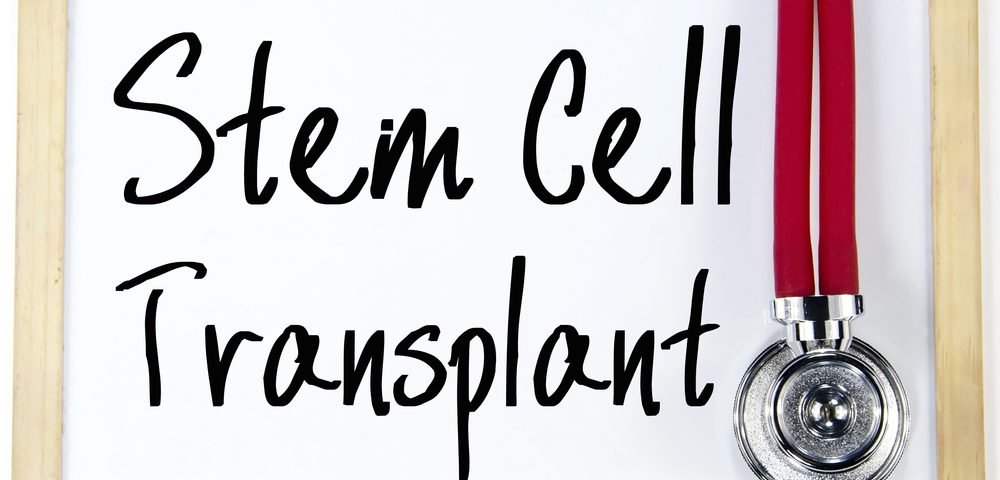A new study identified a target protein called JAK2 (Janus kinase 2) as a main player in causing graft-versus-host disease, a potential life-threatening side effect of stem cell transplants that happens when transplanted immune cells attack the patient’s healthy tissue.
Its inhibitor, a compound called pacritinib, reduced the amount of immune cells responsible from GVHD, preventing mice from dying of the condition. But importantly, the medicine did not impair the transplanted cells from attacking cancer cells.
The study, “Targeting JAK2 reduces GVHD and xenograft rejection through regulation of T cell differentiation,” was published in the journal Proceedings of the National Academy of Sciences.
While patients with high-risk leukemia or lymphoma can be cured with stem cell transplants, roughly half of patients who receive the treatment develop GVHD.
The symptoms of GVHD can be mild or severe, and include liver inflammation, jaundice, skin inflammation and rash, gastrointestinal problems, pain, and fatigue. Severe GVHD can be terminal, in spite of medications now available for treating the disease.
The condition usually is treated with agents that suppress the immune system, like glucocorticoids, but this also impairs the transplanted cells from fighting the remaining leukemia or lymphoma cells.
“An effort to identify selective immune suppression whereby GVHD is reduced and the antitumor activity of the graft is preserved is key to improving the success of blood and marrow transplantation,” Brian C. Betts, MD, lead study author, said in a press release. Betts is associate member of the Blood and Marrow Transplant and Cellular Immunotherapy Department at Moffitt Cancer Center in Tampa, Florida.
Moffitt researchers identified JAK2 as a naturally occurring protein that plays an important role in causing GVHD.
They did this by performing stem cell transplants in mice where the donor cells lacked JAK2. Mice that received these donor cells developed less GVHD, but the donor cells still destroyed tumor cells.
Then they treated mice who received normal donor cells containing JAK2, with the JAK2 inhibitor, pacritinib. Again, pacritinib prevented mice from developing GVHD, while maintaining the transplanted cells’ ability to fight cancer.
The results led researchers to design Phase 1/2 clinical trial (NCT02891603) testing pacritinib as a potential drug option to prevent GVHD in stem cell recipients. The medicine will be administered in combination with standard immune suppression. Participants are still being recruited.
The team also discovered that pacritinib protected mice from tissue graft rejection, which could lead to an approach to prevent kidney or liver transplant rejection.


